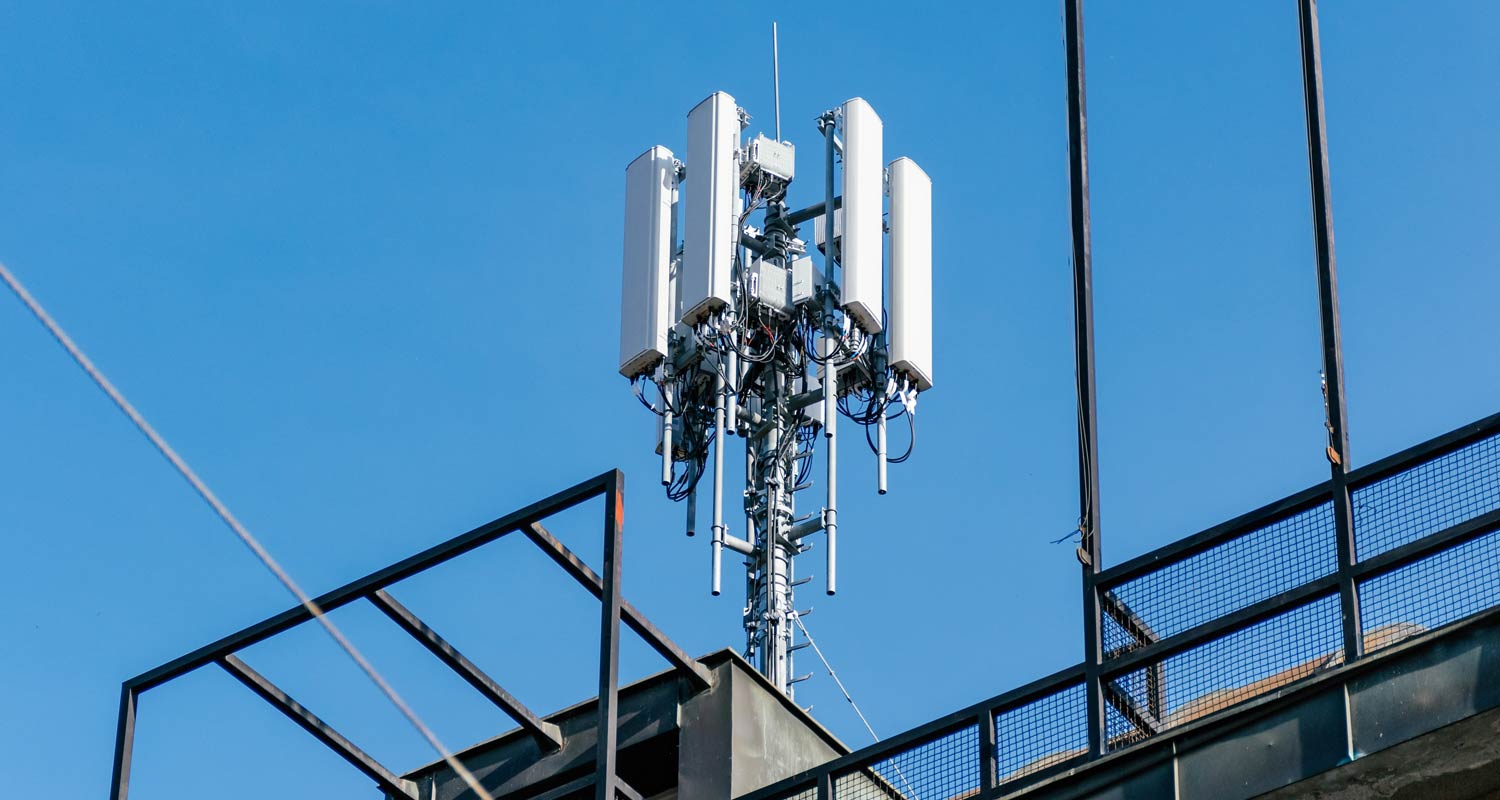Stringent cost management has been a driver of Telkom Mobile’s success alongside its market-leading value offerings. At R79/GB, Telkom is offering prepaid data at the cheapest rates but still managing to grow revenues without sacrificing profitability.
At Telkom’s investor presentation following the release of its results for the six months to end September on Tuesday, group CEO Serame Taukobong said the company’s consumer business, which houses its mobile operations, has become a driver of groupwide growth.
“Our consumer business has become the benchmark of mobile growth in South Africa. In the past five years alone, we have added over nine million subscribers, with prepaid being the key driver of that. Equally, we have added over R4-billion in revenue and 12 consecutive quarters of leading mobile service revenue growth,” Serame told investors.
“Matching the revenue growth is stringent focus on cost management, as evidenced by improving Ebitda.”
Mobile Ebitda – earnings before interest, tax, depreciation and amortisation – grew 9.5% year on year to R3.5-billion, with Ebitda margin expanding slightly to 27.6%. Comparatively, Vodacom South Africa’s Ebitda declined by 5.3% in its interim results published last week. Similarly, in a third quarter update on Monday, MTN South Africa reported a 4.8% decline in Ebitda, with the Ebitda margin down by 0.4 percentage points to 35.8% (excluding the impact of the disposal of towers).
Telkom attributed its market-leading mobile growth to its data-led strategy, especially in the prepaid market. But it is the cost efficiency at an infrastructure level that allows the operator to be competitive, according to Telkom Consumer CEO Lunga Siyo.
Fibre feeds mobile
Speaking to TechCentral in an interview following the investor presentation, Siyo said key to Telkom’s cost efficiency is the close relationship between its Openserve fibre business and its mobile unit. Openserve provides the fibre backhaul needed to connect Telkom’s radio access network to the core of its network. Rival operators, including Vodacom and MTN, typically lease this infrastructure from fibre network operators like Dark Fibre Africa or use microwave.
“There is Openserve fibre running about 500m from any business, home or building. So, whenever we build sites, we pull from the Openserve point of presence and backhaul it. This creates capacity on the network, meaning you can hold the price but increase the value you give to the customer,” said Siyo.
Read: Telkom is sitting pretty
The uniformity of Telkom’s network is another efficiency driver. Whereas its competitors have multiple generations of radio access technology – including 2G, 3G, 4G and 5G – in their networks, Telkom has a 4G network with a small sliver of 3G for legacy IoT devices. All 2G voice traffic is offloaded onto its roaming partners (Vodacom and MTN), which have more of that capacity available and need to have it filled. A uniform radio access network also contributes to energy efficiency at its base stations.
“Your biggest cost line in your cost structure is your network costs, both capex and opex, because you put up a base station and there’s traffic and if it’s empty, then you are not monetising that but you are paying fixed costs. What Telkom did was to go straight into 4.5G (an evolution of the 4G standard) and then we build sites on demand and roam on others, but we roam less on data because that becomes too expensive,” said Siyo.
 An important contributor to minimising Telkom’s cost structure is its acquisition of two lots of 10MHz spectrum in the 800MHz band during the 2022 spectrum auction. Telkom combined the wide propagation offered by sub-1GHz spectrum with massive multiple input, multiple output (Mimo) radio antennas to reduce the number of base stations it uses while increasing coverage. This also had the impact of lowering network costs.
An important contributor to minimising Telkom’s cost structure is its acquisition of two lots of 10MHz spectrum in the 800MHz band during the 2022 spectrum auction. Telkom combined the wide propagation offered by sub-1GHz spectrum with massive multiple input, multiple output (Mimo) radio antennas to reduce the number of base stations it uses while increasing coverage. This also had the impact of lowering network costs.
Telkom’s “disciplined cost management” at the infrastructure layer allows it to lower the cost to serve, giving leeway to entice customers with value-led propositions. But this is only part of the journey, and keeping those customers is the second (and most important) next leg, Siyo said.
According to Taukobong, nearly 50% of all purchases on Telkom Mobile are for its Mo’Nice prepaid plans. Mo’Nice gives customised offerings tailored to a customer’s usage profile and recharge patterns. According to Siyo, Telkom’s data science team is using AI to develop better profiles of customers, which has increased the accuracy of its personalised offerings.
Siyo said Telkom has strengthened both its network and brand perception over the years and this has allowed it to attract customers from across the income spectrum. “Everyone is looking for value – even high-end customers look for value.”
As part of its “One Telkom” strategy, Telkom Group sees its integration at an infrastructure level as key to driving groupwide efficiencies that will continue to keep its cost base low, thereby bolstering its competitiveness.
Read: Telkom on the move as Vodacom and MTN stumble at home
“Cost management initiatives have led to an uplift in Ebitda and we take a structured approach to our cost-management journey,” said Taukobong. – © 2025 NewsCentral Media
Get breaking news from TechCentral on WhatsApp. Sign up here.



